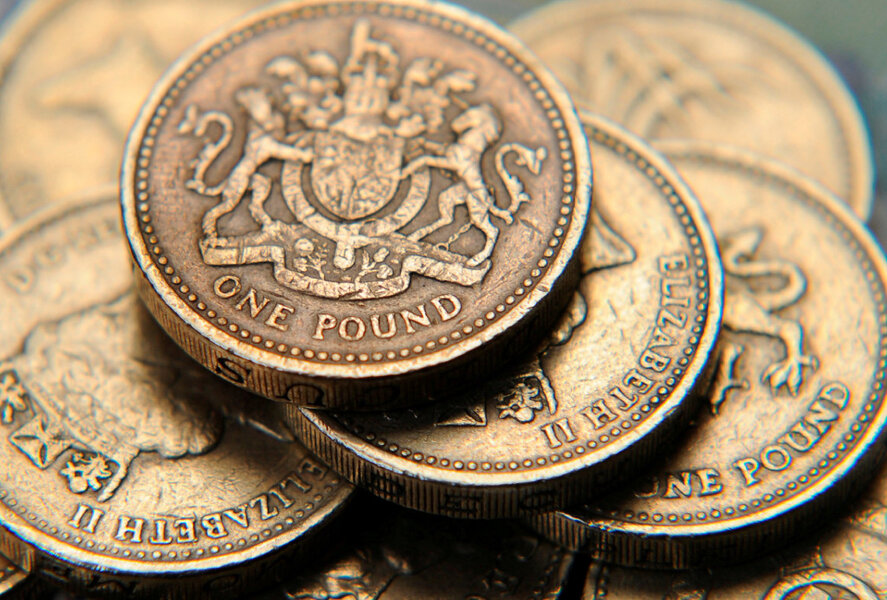Britain’s new pound coin: a 12-sided redesign
Loading...
Britain is doing away with its old pound coin and replacing it with a newly designed 12-sided coin that the Royal Mint touts as the most secure currency in the world.
The new coin will go into circulation in March 2017 and will co-circulate with the old coin until it is phased out entirely in the fall of 2017. The redesign is meant to minimize the amount of counterfeit money in circulation. The Royal Mint estimates that 1 in 40 of all £1 coins currently in circulation, totaling £46 million or $76 million, are fake.
"The new £1 coin will be the most secure of its kind in the world and its cutting-edge features will present a significant barrier to counterfeiters, reducing the cost to businesses and the taxpayer," David Gauke, the chief secretary to the Treasury, told BBC News.
While the Royal Mint is keeping one hidden security feature secret, it has shared a few of the features designed to make the coin more difficult to counterfeit. The coin will be bimetallic, with a gold colored outer rim and a silver colored inner rim. Additionally, a hologram-like image will change the pound symbol to a number one when viewed from different angles, and micro lettering around the rim will read "ONE POUND."
The front of the coin will feature a portrait of Queen Elizabeth II, similar to the old design. The tails side of the coin, which was designed by British teenager David Pearce and selected from about 6,000 entries, portrays four plants representing each of the nations in the United Kingdom rising from one stem through a crown: a rose for England, a leek for Wales, a thistle for Scotland, and a shamrock for Northern Ireland.
To prepare for the introduction of the new pound coin, all of the 500,000 vending machines across the United Kingdom, including rail ticket machines, laundry machines, parking meters, pay phones, and lockers, will need to be replaced with ones that can accept the larger, 12-sided coin.
The Automatic Vending Association has estimated that it will cost £32 million (about $39 million) to update and replace the nation’s 500,000 vending machines, while the British Parking Association has said it will cost at least £50 million (about $61 million) just to replace its 100,000 parking machines.
Many are worried that the burden of this cost will fall unduly on small and medium-sized businesses that, amid economic uncertainties around Brexit, cannot take the hit.
"The financial hit SMEs will have to take in preparing for the new pound coin will divert their attention away from running their businesses and dealing with the economic consequences of Brexit," Clive Lewis, the head of enterprise at the Institute for Chartered Accountants in England and Wales, told The Telegraph.
There will be a six-month transition period after the coin is introduced in March where businesses will have to accept both coins although starting in fall 2017 business cannot accept or distribute old pound coins. Many business owners preparing to train the employees on the features of the new coins feel that the Royal Mint has not provided adequate information about the transfer process.
"The coming months are an extremely busy time for the convenience sector and retail as a whole, so it is essential that the Government focuses on getting detailed, targeted information to retailers and works with trade associations to ensure that everyone is prepared," James Lowman, chief executive of the Association of Convenience Stores, told The Telegraph. "Not having the correct information or lead time to adapt their in-store equipment could lead to delays and confusions in stores."








